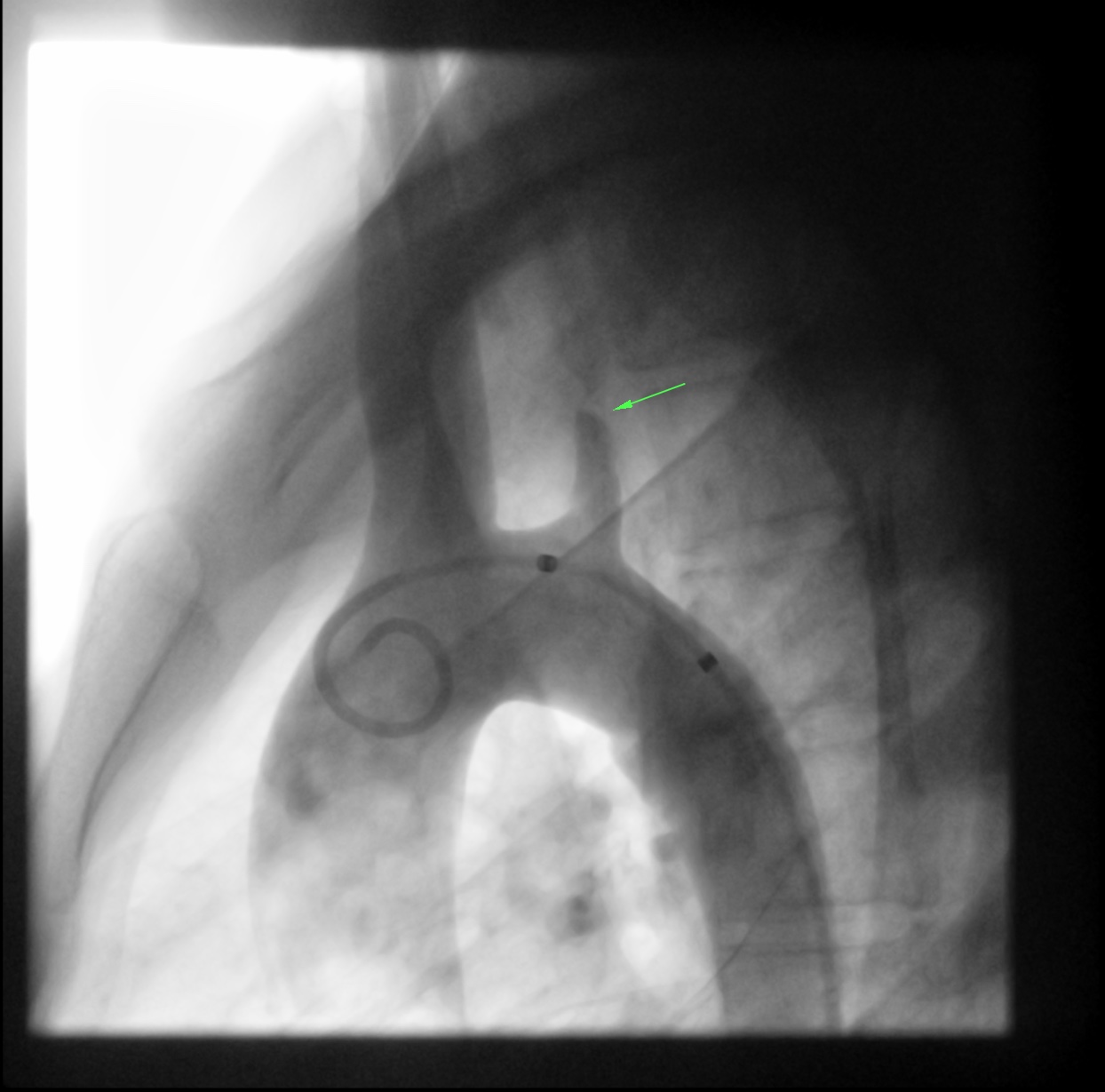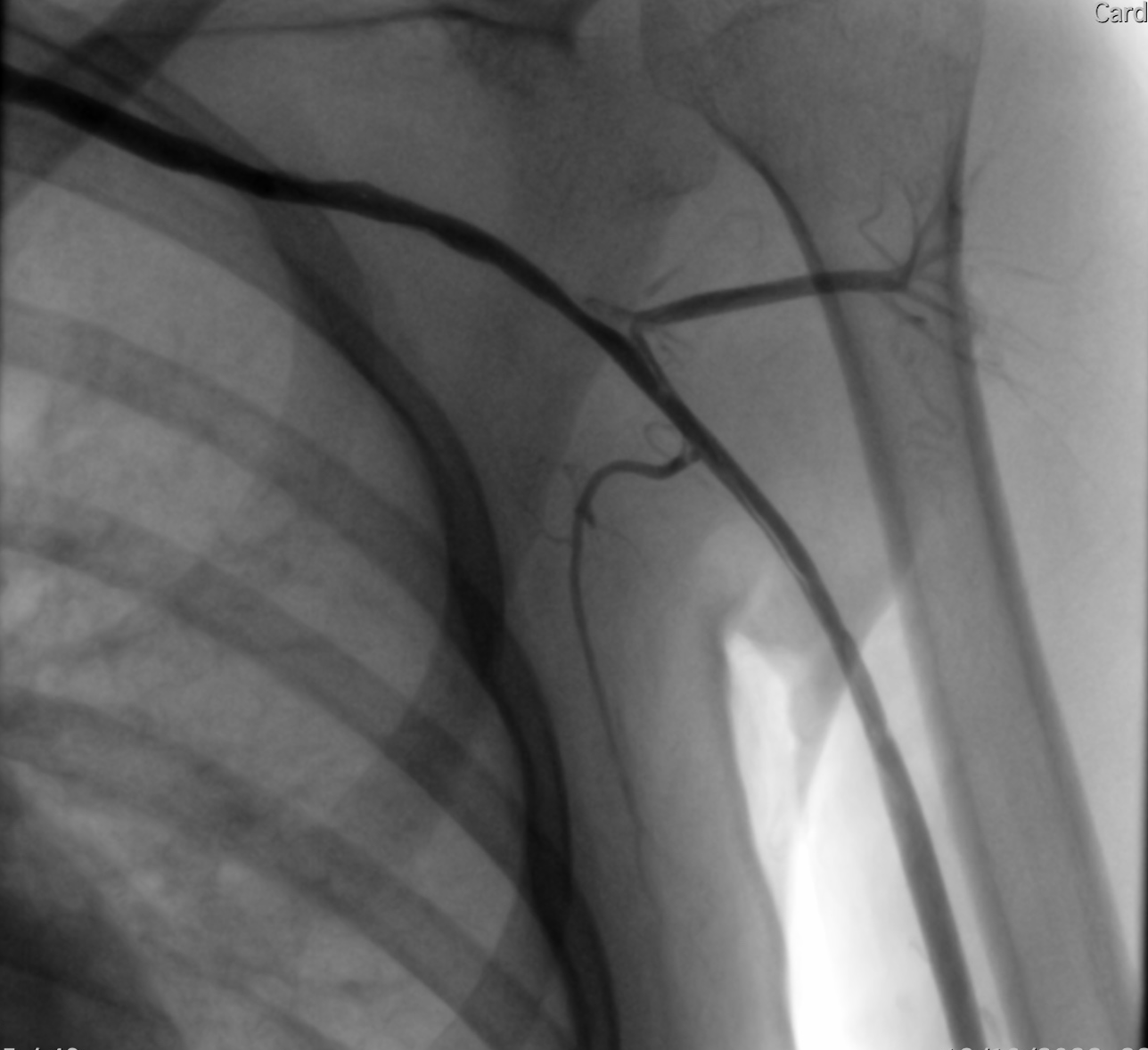Lots of interesting abstracts and cases were submitted for TCTAP 2024. Below are the accepted ones after a thorough review by our official reviewers. Don’t miss the opportunity to expand your knowledge and interact with authors as well as virtual participants by sharing your opinion in the comment section!
TCTAP C-193
A Challenging Case of Transcatheter Intervention for Rescue Obstructive Subclavian Artery in Children With Takayasu Arteritis
By Quy Le Nguyen Phu
Presenter
Quy Le Nguyen Phu
Authors
Quy Le Nguyen Phu1
Affiliation
University of Medicine and Pharmacy at Ho Chi Minh City, Vietnam1,
View Study Report
TCTAP C-193
Endovascular - Other Endovascular Intervention
A Challenging Case of Transcatheter Intervention for Rescue Obstructive Subclavian Artery in Children With Takayasu Arteritis
Quy Le Nguyen Phu1
University of Medicine and Pharmacy at Ho Chi Minh City, Vietnam1,
Clinical Information
Patient initials or Identifier Number
Relevant Clinical History and Physical Exam
A 13-year-old girl was diagnosed Takayasu arteritis. She had severe hypertension due to bilateral renal artery stenosis. She was placed bilateral renal artery stenting and was discharged home with medicatons consist of Methotrexate, prenisolon, furosemide, nifedipine, aspirin and clopidogrel. She was lost of follow up for 2 years and cameback outpatient clinic. Clinical examination showed blood pressure of right hand was 100/50 mmHg and unmeasured in left arm with left radial pulselessness


Relevant Test Results Prior to Catheterization
Upper limb Doppler ultrasound showed severe stenosis of left subclavian artery without inside flow. Transthoracic echocardiography (TTE) indicated normal of heart’s structure and function. Biomarkers of inflammation was normal in range.
Relevant Catheterization Findings
Interventional Management
Procedural Step
5F introducer sheath was inserted into the right femoral artery. The 5F Pigtail catheter and 0.035’’ Terumo guidwire were placed in aorta to do segmental aortography from aortic arch, thoracic aorta, abdominal aorta, respectively. It was showed severe obtruction of left subclavian artery. A 4F JR catheter was placed in ostium of subclavian artery for selective angiography. A 0.014’’ guidewire was advanced to find the true lumen of the artery but unpredictable whether it was true lumen. It was kept inside there and a 0.014’’ CTO guidewire was used to find another direction. After many attempts, the CTO guidewire was advanced a segment far enough. Hand injection via 2.4F microcatheter was done to confirm the true lumen of subclavian artery successfully. A 0.014’’ guidewire was advanced to distal as far as possible. A 2.0 mm, 3.5 mm, 4.0 mm, 5.0 mm balloon was advanced to dilate gradually the brachial artery, axillary artery and subclavian artery, respectively. An angiography was done to indicate that the blood flow through the lesion was improved but the arterial wall was thickened irregularly. Therefore, we decided to implant stenting. A 7F Guiding catheter was used to support advance the stent to the optimal site for stenting. 4.5*13 mm (two stents), 5.0*19 mm, 6.0*19 mm, 6.0*15 mm and 7.0*15 mm stent were implanted from distal to proximal segment of subclavian artery, respectively. An angiography was done again to confirm the good blood flow in subclavian artery.






Case Summary
Subclavian artery obstruction is a rare complication in Asian children with Takayasu arteritis. It can be detected early by physical exams and Doppler ultrasound. Chronic obstruction lesion may be rescue by transcatheter intervention. CTO guidewire is helpful in crossing through the lesion and finding the true lumen of the artery. Ballon dilation is feasible and effective to recanalization of the blood flow but may be insufficiency. Stenting may be effective to remain the blood flow and avoid recurrent stenosis for a long time.

